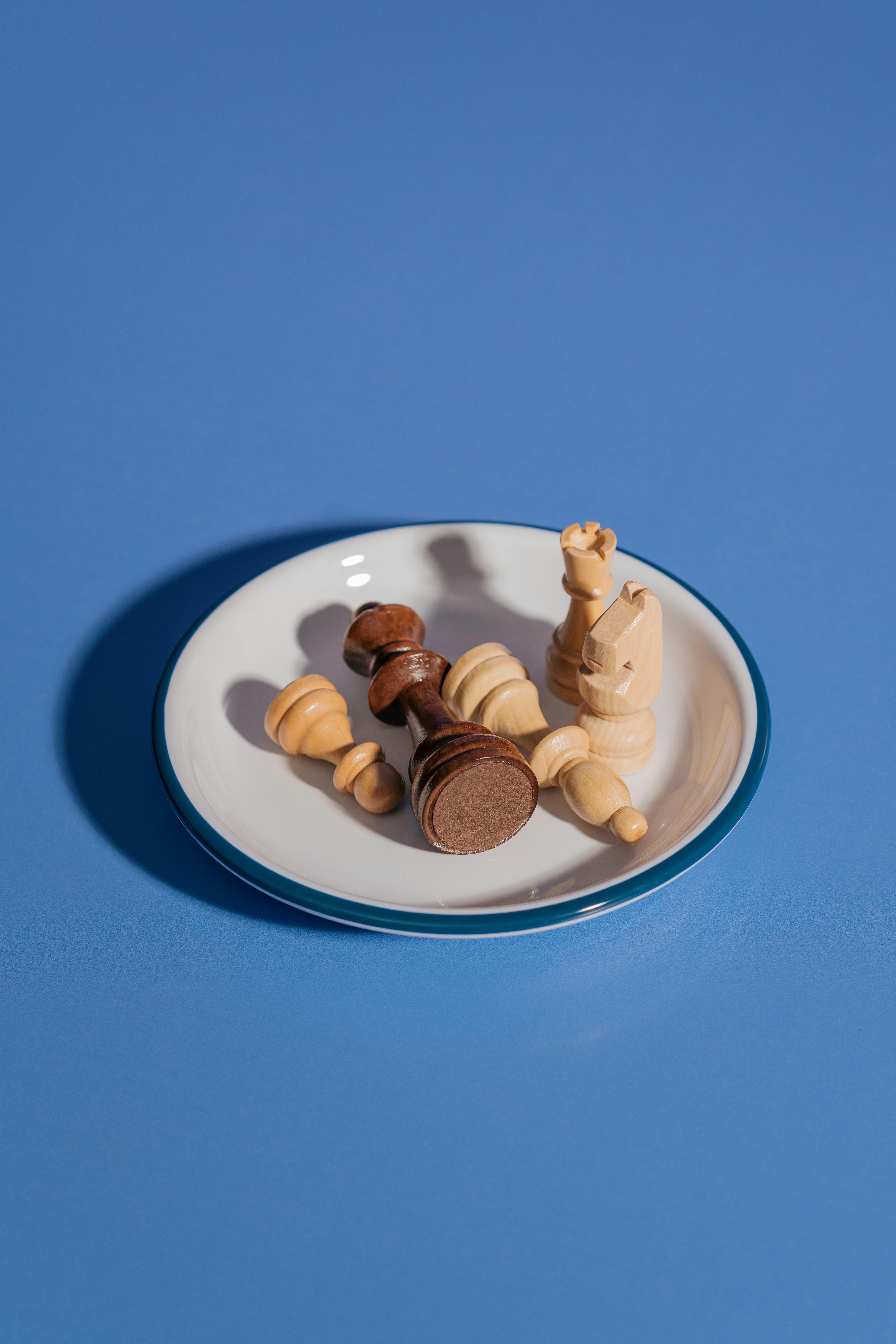Hornissen Königin: Fascinating Insights into Their Life and Behavior
Understanding the Hornissen Königin
The **Hornissen Königin**, or hornet queen, is a remarkable figure in the ecosystem and the heart of the hornet colony. These insects are often misunderstood due to their large size and intimidating appearance. The hornet queen is the sole reproductive female in the colony, playing a crucial role in its growth and survival. During spring, she emerges from hibernation and begins the daunting task of building a new nest, laying eggs which will eventually develop into workers that sustain the colony. Understanding the life cycle and behavior of the hornet queen is essential for comprehending how these incredible insects operate.
Life Cycle of the Hornissen Königin
The life cycle of the **Hornissen Königin** is intricate and fascinating. It starts in the spring when the queen wakes from her winter dormancy. She begins constructing a nest, usually made of chewed wood fibers mixed with her saliva, which creates a paper-like substance. Once the nest is established, the queen lays her first batch of eggs. These eggs hatch into larvae, which the queen must care for until they mature into adult workers. As the colony grows, these worker hornets take over foraging and nest maintenance tasks, allowing the queen to focus solely on reproduction. This delegation of responsibilities is a vital aspect of their social structure and efficiency.
The Role of the Queen in the Colony
The **Hornissen Königin** serves as the central figure in the colony, not only as the main reproductive member but also as a leader. Her presence dictates the colony’s dynamics; when the queen is healthy, the colony thrives, but her absence can lead to chaos and decline. As the season progresses, the queen continues to reproduce, and the colony expands, potentially reaching over a thousand individuals by late summer. It’s crucial to recognize that her survival directly affects the colony, making her role irreplaceable. This dependency is particularly evident during environmental stressors, where a healthy queen becomes vital for the colony’s persistence.
Behavior Patterns of the Hornissen Königin
Understanding the behavior of the **Hornissen Königin** offers valuable insight into hornet colonies. These queens display unique behaviors that are essential for the colony’s success. During the early spring months, queen hornets are known to be solitary and more aggressive as they search for suitable nesting sites. Once they establish their colony, their behavior shifts as they transition into a nurturing and reproductive role, moving away from aggressive territorial behavior and focusing on the survival of the colony.
Nesting Habits of Hornissen Königin
When it comes to nesting, the **Hornissen Königin** is meticulous. She seeks out locations that provide protection from harsh weather and predators, such as hollow trees or sheltered areas. The initial nest she builds is often small, but as the colony grows, the hornets expand it significantly. A fascinating aspect of the nesting process is how the queen can adjust the nest based on environmental conditions and the size of her worker force. This adaptability showcases her resourcefulness in ensuring the colony’s survival.
Defensive Strategies
As the guardian of her colony, the **Hornissen Königin** has evolved several defensive strategies to protect her nest. These hornets are generally less aggressive than their reputation suggests, but when threatened, the queen can display fierce defense behavior. She releases pheromones to alert her workers to potential dangers, and together they will defend the nest with remarkable coordination. This collective response is indicative of the queen’s influence on her workers, showcasing her role as both a protector and leader.

Importance of Hornissen Königin in the Ecosystem
The **Hornissen Königin** plays a significant role in the ecosystem. Hornets are often misunderstood as pests, but they serve crucial functions in their environment. These insects are predators that help control pest populations, feeding on a variety of insects, including flies and caterpillars. By keeping these populations in check, hornets contribute to the health of gardens and agricultural areas, allowing plants to thrive without excessive pest damage.
Potential Environmental Impact
As a crucial element in maintaining ecological balance, the **Hornissen Königin’s** presence can significantly impact local biodiversity. This can be particularly important in areas where pest populations are high. However, with habitat loss and use of pesticides, the populations of hornets and their queens have been declining in some regions. Protecting these insects can help support broader ecological health, as their role in the food web is vital.
Encouraging Hornissen for Natural Pest Control
Homeowners and gardeners can benefit from understanding the value of the **Hornissen Königin** in pest management. Instead of eliminating hornets, promoting a friendly environment for them can enhance natural pest control in gardens. This can include avoiding the use of harmful pesticides, which can devastate hornet populations. Providing habitats or leaving some areas of the garden wild can attract hornets and encourage their natural predatory behavior. By fostering a balanced ecosystem, the contributions of these fascinating creatures can be appreciated, leading to healthier gardens and environments.

Key Takeaways
- The **Hornissen Königin** is vital for the survival and growth of the hornet colony.
- Her role encompasses building nests, laying eggs, and leading the colony.
- Understanding her behavior helps in appreciating the ecological impact of hornets.
- Encouraging hornets leads to natural pest control benefits in gardens and fields.
FAQ
1. What is the lifecycle of the Hornissen Königin?
The lifecycle of the **Hornissen Königin** begins in spring with the queen emerging from hibernation. She builds a nest, lays eggs, and nurtures the larvae until they develop into worker hornets. The colony expands until late summer, at which point reproductive males and new queens emerge to continue the cycle.
2. How can I encourage Hornissen in my garden?
To encourage **Hornissen**, avoid using pesticides and establish a habitat that attracts them. Leaving some portions of your garden wild can allow hornets to thrive, contributing to natural pest control. Providing sheltered areas for nesting also supports their population.
3. Are Hornissen harmful, or can they be beneficial?
While **Hornissen** can be intimidating, they are generally beneficial for ecosystems. They control pests such as flies and caterpillars, acting as natural pest controllers. Understanding their role can help mitigate fears and promote their presence in gardens.
4. How does a Hornissen Königin defend her colony?
When threatened, the **Hornissen Königin** releases pheromones to alert her workers, who then collectively defend the nest. Their coordinated response is a key strategy for protecting their home from intruders.
5. What kind of environments do Hornissen prefer for nesting?
The **Hornissen Königin** typically seeks out sheltered environments for nesting, like hollow trees or protected garden areas. These locations help protect the colony from weather extremes and predators.
